Our sustainability journey
Without a healthy planet, we can’t expect to have healthy people. Our effort to reduce our environmental impact informs the choices we make every day, from how we power our facilities and where we purchase food and medical supplies to how we manage waste and invest in our communities.

Air pollution control equipment installed
Henry J. Kaiser approved installation of $5 million worth of air pollution control equipment at the Kaiser Steel Mill in Fontana, California.

Ecology Committee formed
Employees at Kaiser Permanente Santa Clara Medical Center formed the Ecology Committee with the objective of teaching employees “ecological common sense.”

Solar water heating system installed
At Kaiser Permanente Redwood City Medical Center, the in-house engineering staff built a solar installation for water heating.
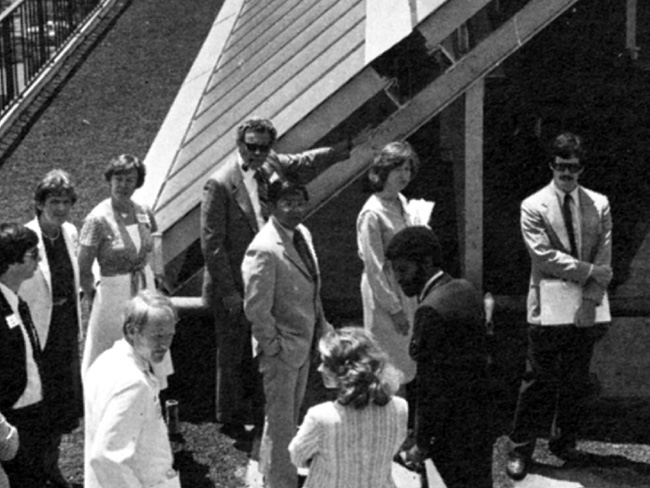
Pioneered using solar power for a health facility
Kaiser Permanente celebrated the launch of an onsite solar thermal project at Santa Clara Medical Center in the middle of Silicon Valley.

Recognized for green practices
Practice Greenhealth began its Environmental Excellence Awards program. Kaiser Permanente has received awards across many categories since this inception, earning nearly 350 awards.

Introduced first farmers market at a U.S. hospital
Recognizing the connection between food and health, Preston Maring, MD, started a farmers market at the Kaiser Permanente Oakland Medical Center, making fresh, whole foods that are grown without pesticides accessible to more people.

Made major solar investment; began rating suppliers’ impact
Kaiser Permanente made its first major solar investment and began requiring that medical product suppliers complete sustainability scorecards. The scorecards provide information on suppliers’ recycling policies and use of potentially harmful chemicals. This allows the organization to evaluate the sustainability of items purchased and encourages suppliers to provide greener products.

Committed to reducing emissions by 30%
Kaiser Permanente adopted a national sustainable energy policy and launched an ambitious strategy to reduce its greenhouse gas emissions 30% by 2020 compared to 2008 levels.
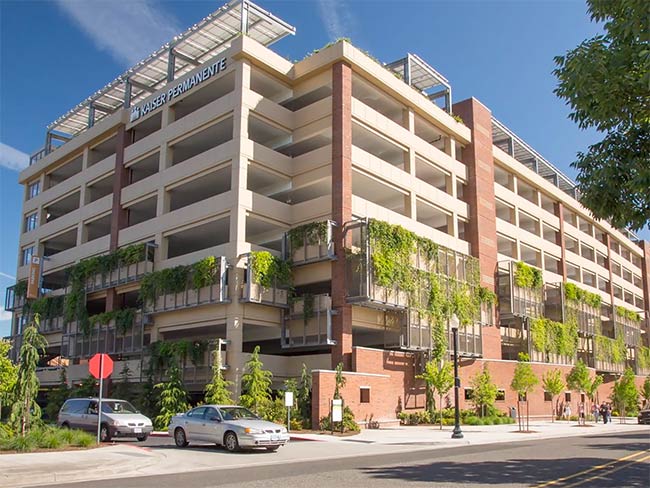
‘Greening Health Care’ is published
In the book “Greening Health Care: How Hospitals Can Heal the Planet,” author Kathy Gerwig, former chief environmental officer for Kaiser Permanente, examines the intersection between health care and environmental stewardship, arguing that hospitals can and should play a critical role in supporting the health of the planet.

Investing in wind and solar energy
Kaiser Permanente supported the construction and operation of 3 new renewable energy projects to generate 590 million kilowatt hours of power a year — equivalent to the electricity used by 82,000 American homes annually.

Carbon neutral goal announced
Kaiser Permanente pledged to become carbon neutral in 2020. The plan included buying enough clean energy and funding projects that would reduce greenhouse gas emissions to offset the carbon dioxide we emit. We also committed to recycling, reusing, and composting 100% of nonhazardous waste as well as obtaining all of our foods from local sustainable farmers and sending zero waste to landfills.
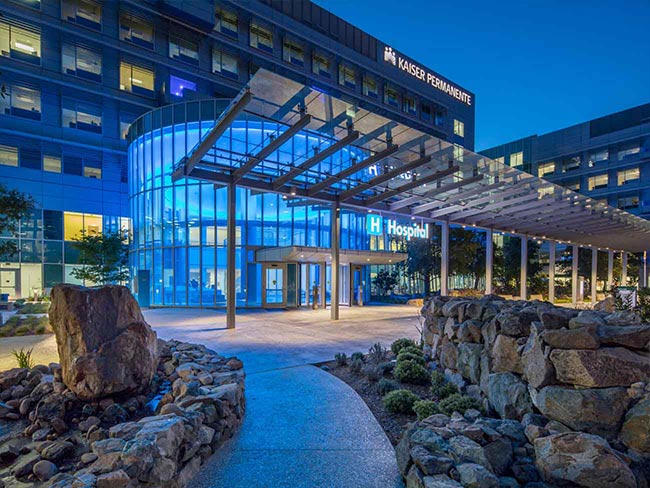
First LEED Platinum hospital in California
Kaiser Permanente opened the San Diego Medical Center — a 7-story, 617,000-square-foot hospital — as California’s first LEED Platinum certified hospital. The entire design focused on cleaner, greener energy by using cutting-edge technologies to produce its own electricity, heat, and cooling, and to save water and use less energy overall. As of 2024 there are 74 LEED certified buildings in the Kaiser Permanente portfolio.

Green bonds support construction of LEED certified facilities
Kaiser Permanente issued $1 billion in green bonds. These types of bonds appeal to investment fund managers and stakeholders looking to invest in environmentally friendly organizations. The green bonds were used to finance construction for several of our LEED Gold or Platinum certified hospitals and other medical facilities.
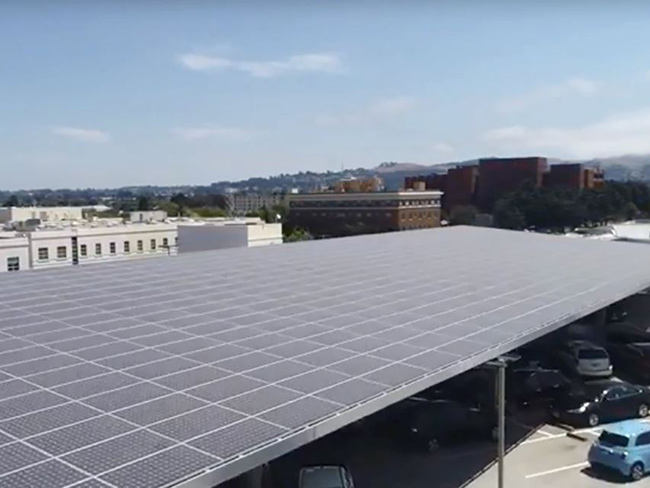
First renewable hospital microgrid in California
To reduce pollution and emissions, Kaiser Permanente installed California’s first renewable hospital microgrid, which collects, stores, and releases energy on demand. Located in our Richmond Medical Center parking garage, the microgrid operates even if the power grid goes down.
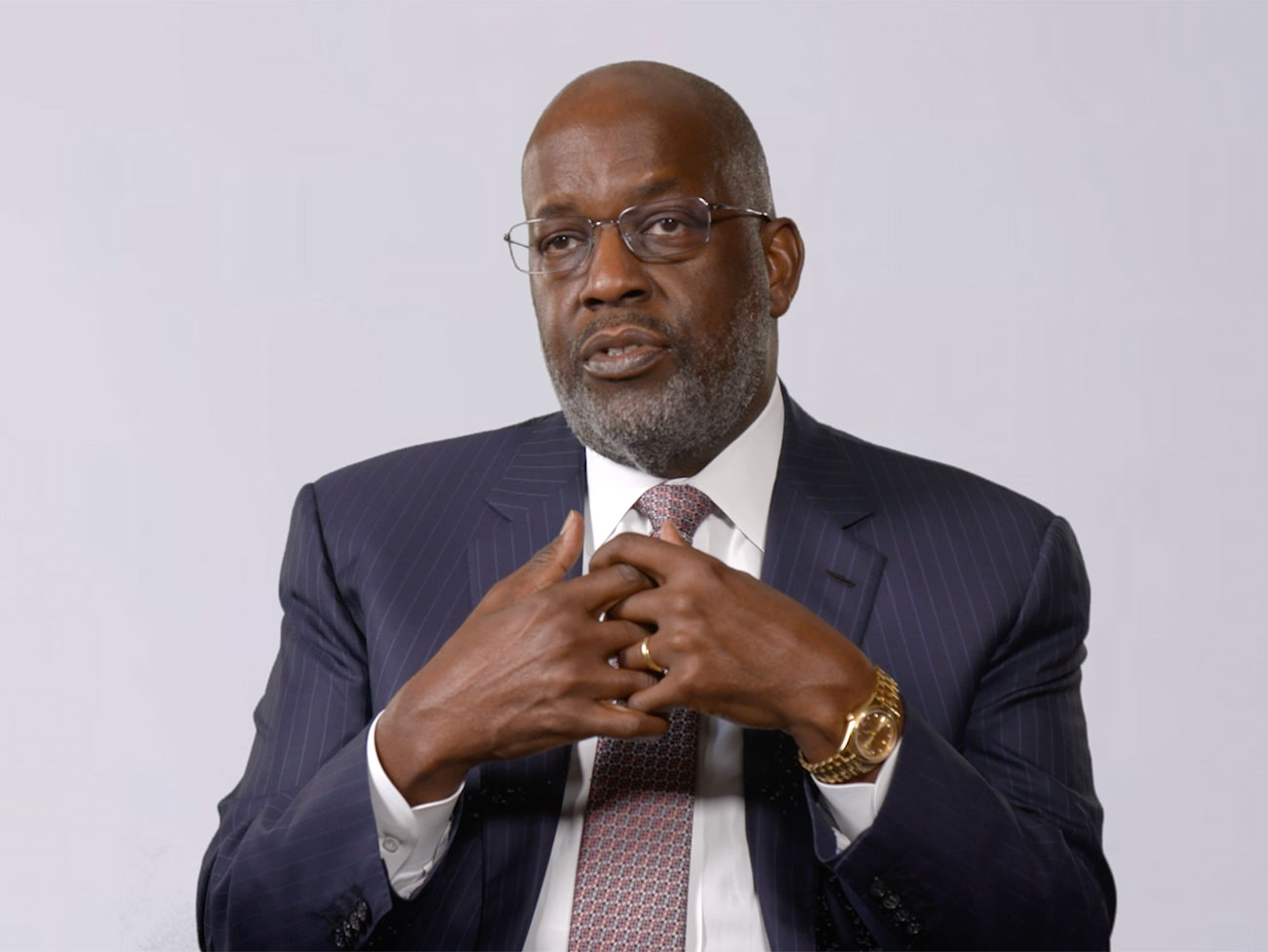
Sponsored Global Climate Action Summit
Kaiser Permanente’s late CEO Bernard J. Tyson emphasized the link between climate change and health as Kaiser Permanente sponsored the Global Climate Action Summit in San Francisco. At the event, Tyson spoke about Kaiser Permanente’s commitment to addressing climate change, and shared a video illustrating the health risks attributed to the climate crisis.

Earned EPA Green Power Leadership Award
Kaiser Permanente received recognition from the Environmental Protection Agency for its extensive use of renewable energy. This was the third EPA award we earned during the decade.
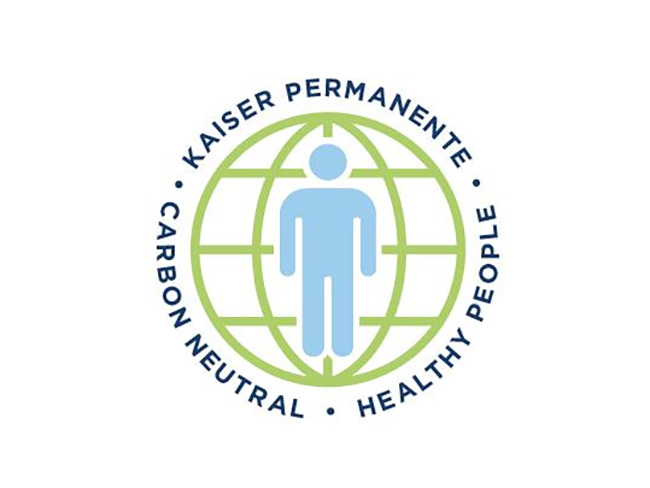
Achieved carbon neutral status
Kaiser Permanente achieved carbon neutrality. We improved our energy use efficiency 8% since 2013, saving $19.6 million annually, and decreased water use intensity 15.3%, saving $2.8 million annually. Our hospitals, medical buildings, and offices no longer have a carbon footprint, which is equivalent to taking 175,000 cars off the road.
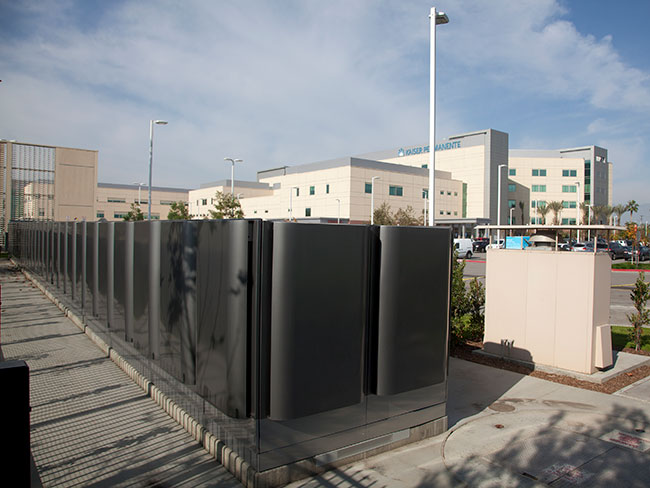
Joined national climate pledge
Kaiser Permanente joined the U.S. Health and Human Services climate pledge in an effort to help the entire health care sector reduce greenhouse gas emissions. This commitment includes reducing our greenhouse gas emissions by 50% by 2030. We aim to reach net-zero emissions by 2050.

Low-polluting anesthesia gases reduce GHG emissions
Anesthesia gases used in surgeries eventually wind up in the atmosphere. But not all anesthesia gases are the same. By switching the type of gas we use, Kaiser Permanente has reduced our yearly greenhouse gas emissions from anesthesia from 13,500 metric tons to 3,000 metric tons of CO2e, or carbon dioxide equivalent, since 2014.